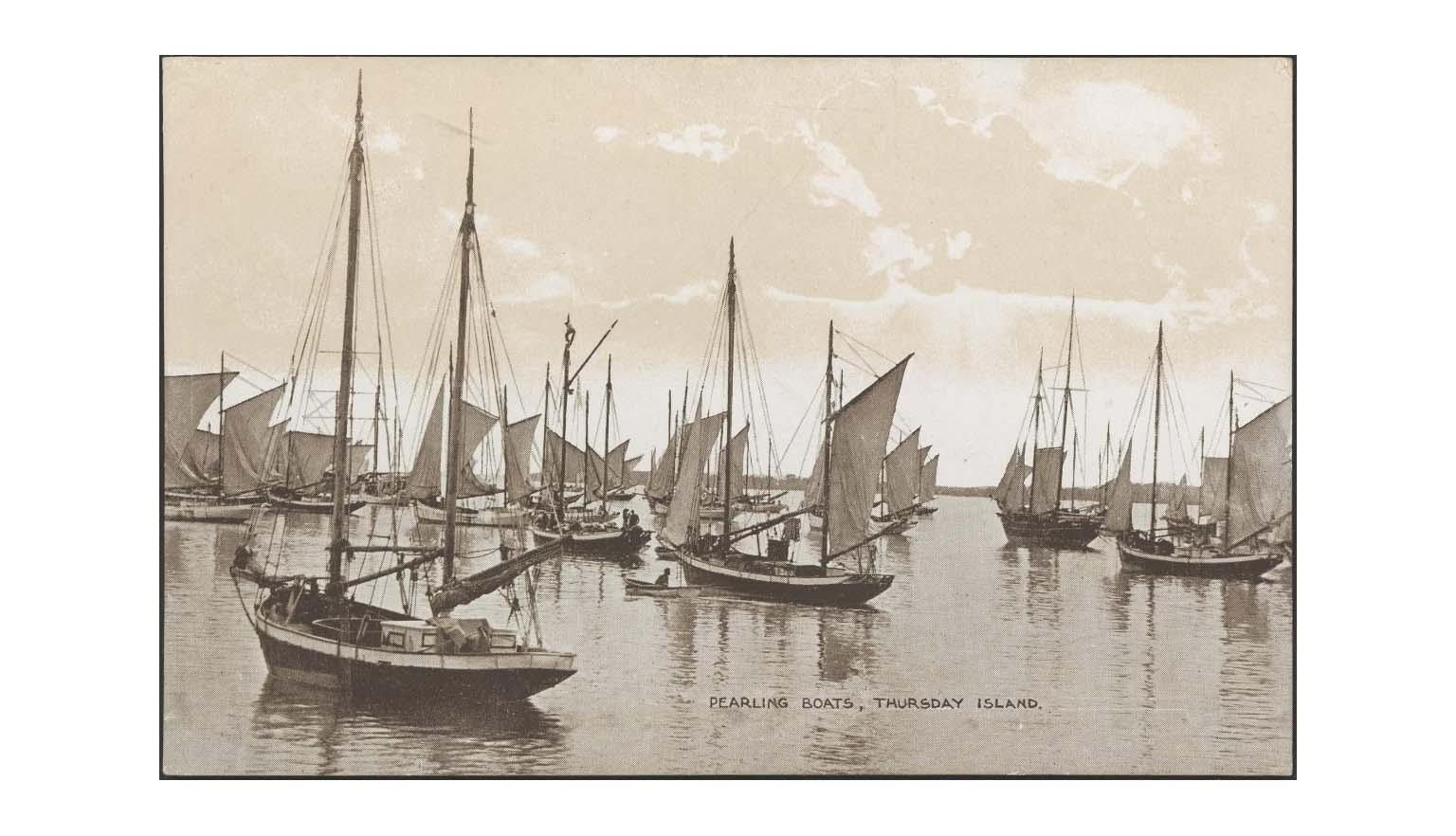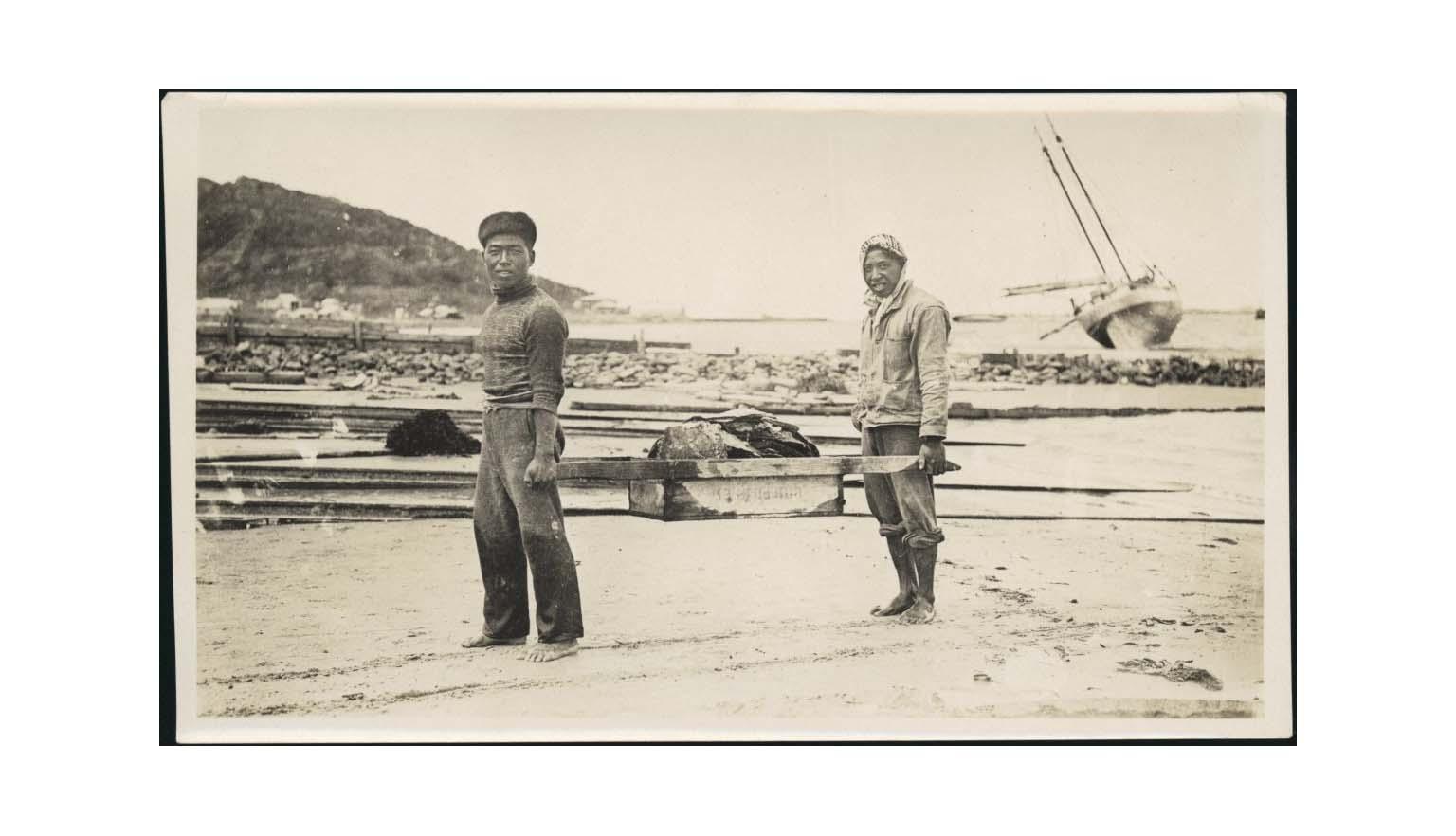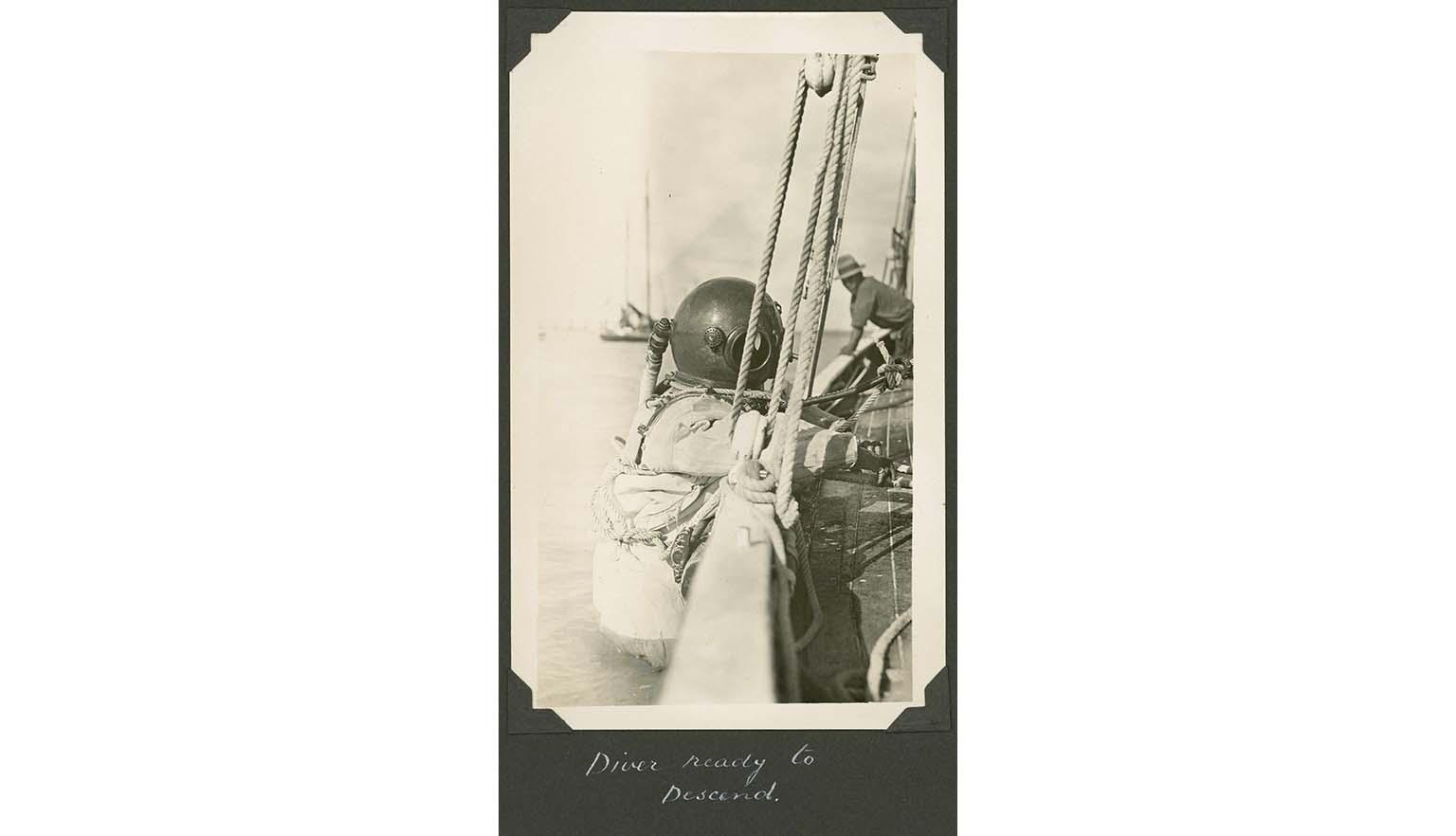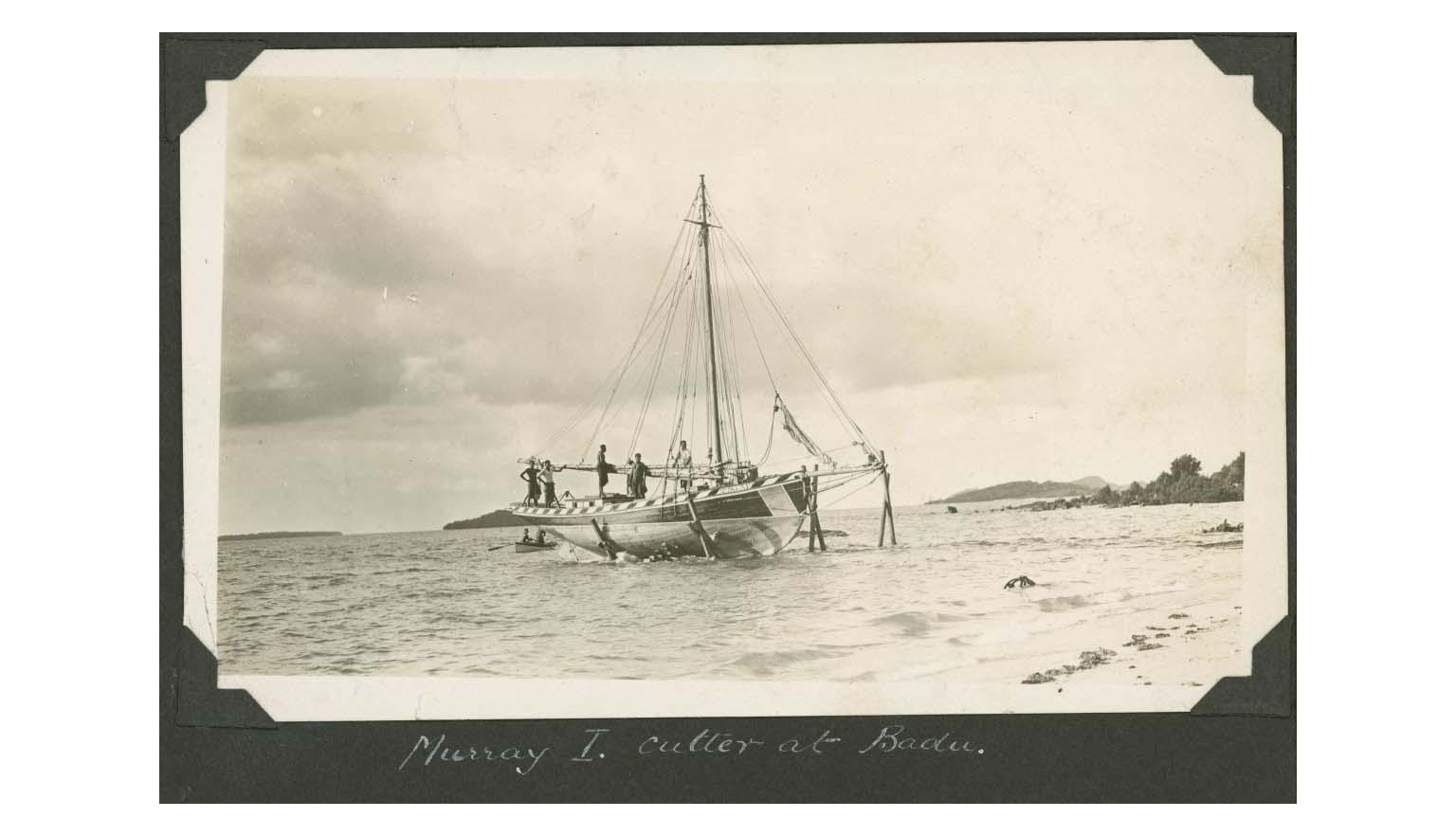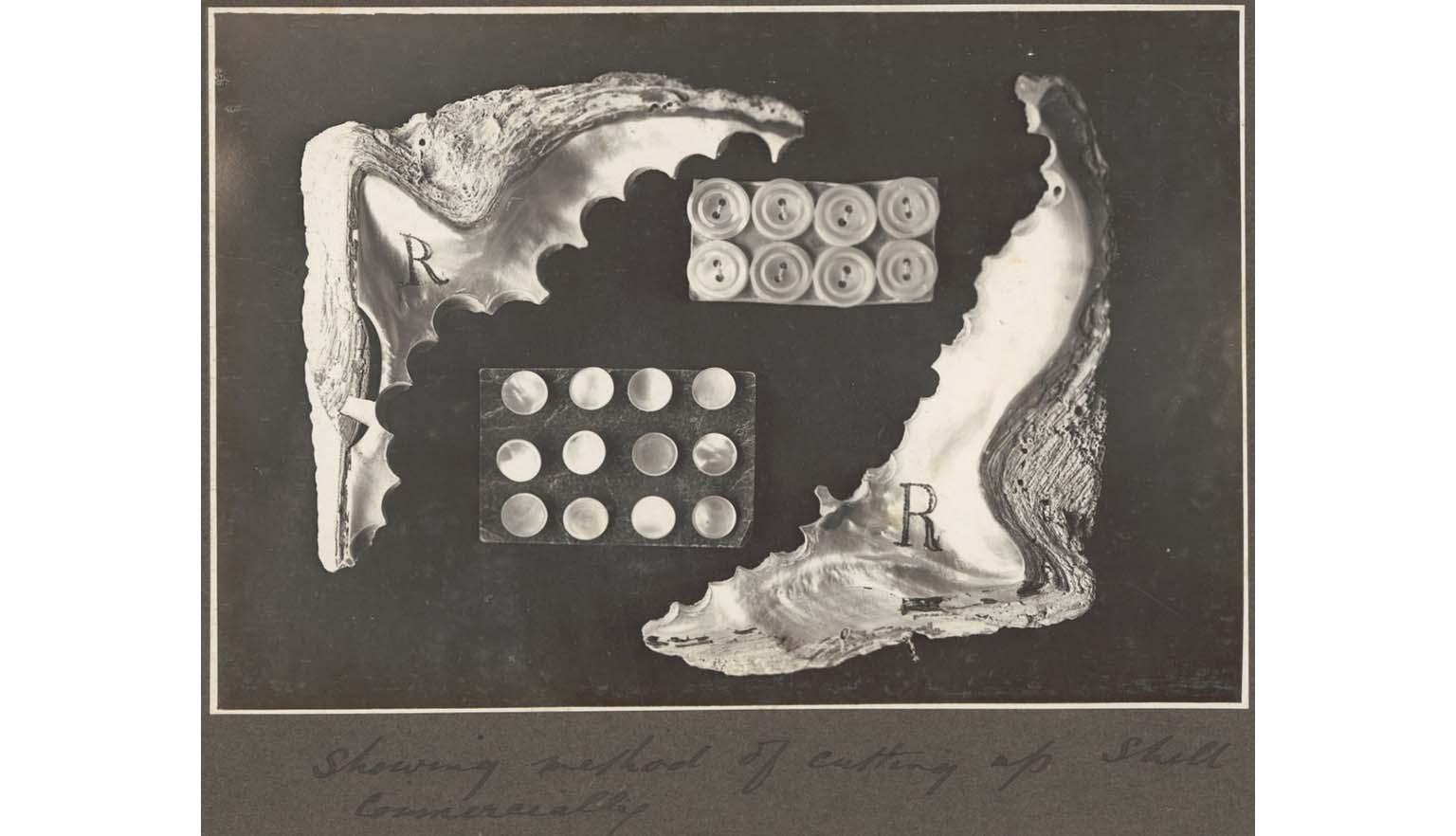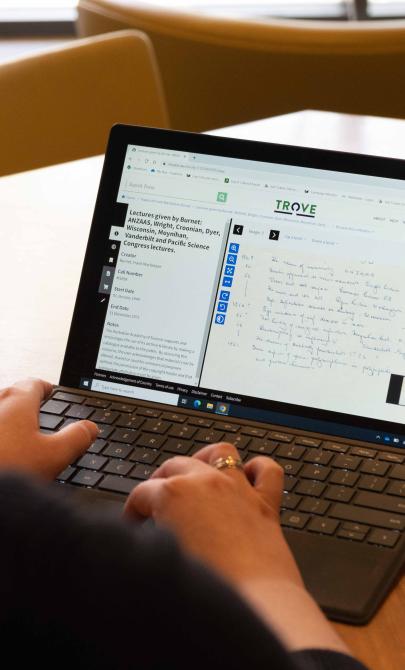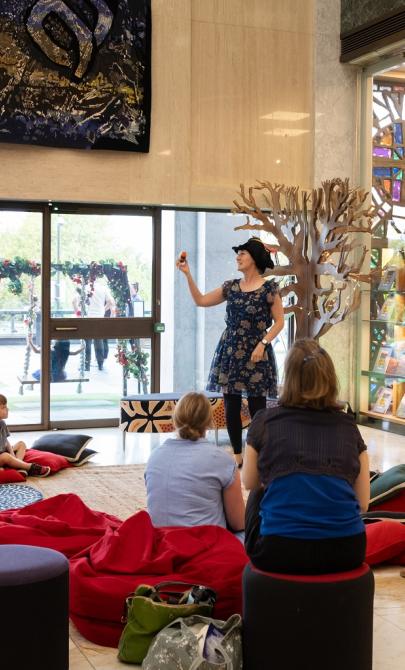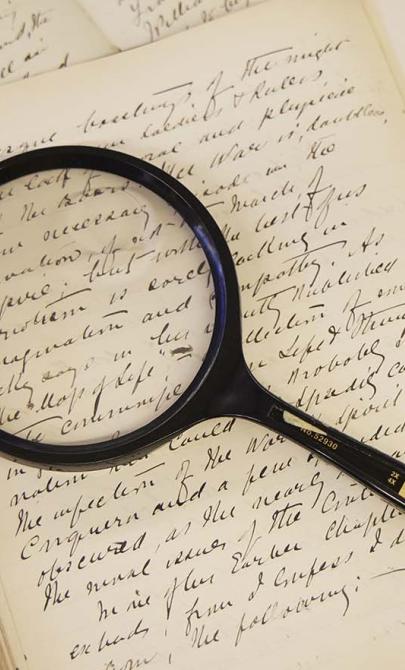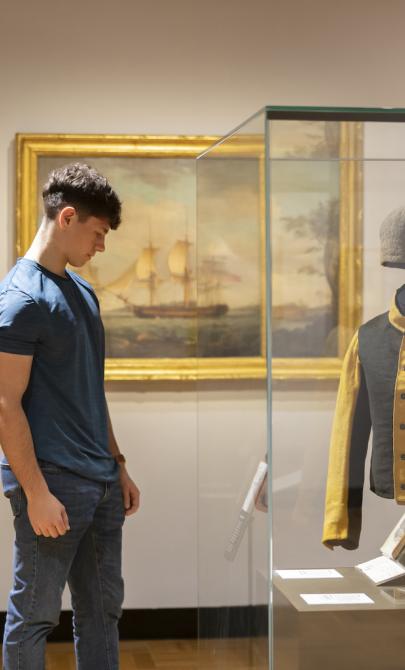Torres Strait Islander conservation
About this module
Using an inquiry-based approach, this module develops students' skills as historians through engaging historical sources. Featuring sources from the National Library's collections, the resource caters for flexible approaches to suit diverse classroom contexts and learning styles.
Copyright for teachers
You can download all collection materials in this resource for education purposes. For more information, go to copyright for teachers.
Introductory activities
These activities help students understand the cultural and geographical context of the Torres Strait before exploring primary sources from the National Library’s collection.
Activity 1: Introduce the Torres Strait Islands
Start by asking students if they’ve heard of the Torres Strait Islands. You could use well-known Torres Strait Islanders or national events as a prompt. For example:
- Patty Mills (NBA player)
- Sam Thaiday (former NRL player)
- Christine Anu (musician)
- Seaman Dan (musician)
- The Mills Sisters (musicians)
- Alick Tipoti (artist)
- NAIDOC Week (National Aboriginal and Islander Day of Celebration)
Activity 2: Explore the geographical context
Show students a map of Australia. You can use:
- Use the map provided below, or
- A map from the Torres Strait Regional Authority website.
Explain:
- The Torres Strait is Australia’s northernmost region
- It borders Papua New Guinea — Australia’s only international border
- All islands named on the map are inhabited (most have between 200–500 residents)
Note: All islands named on the map are inhabited. Most have between 200 and 500 permanent residents.
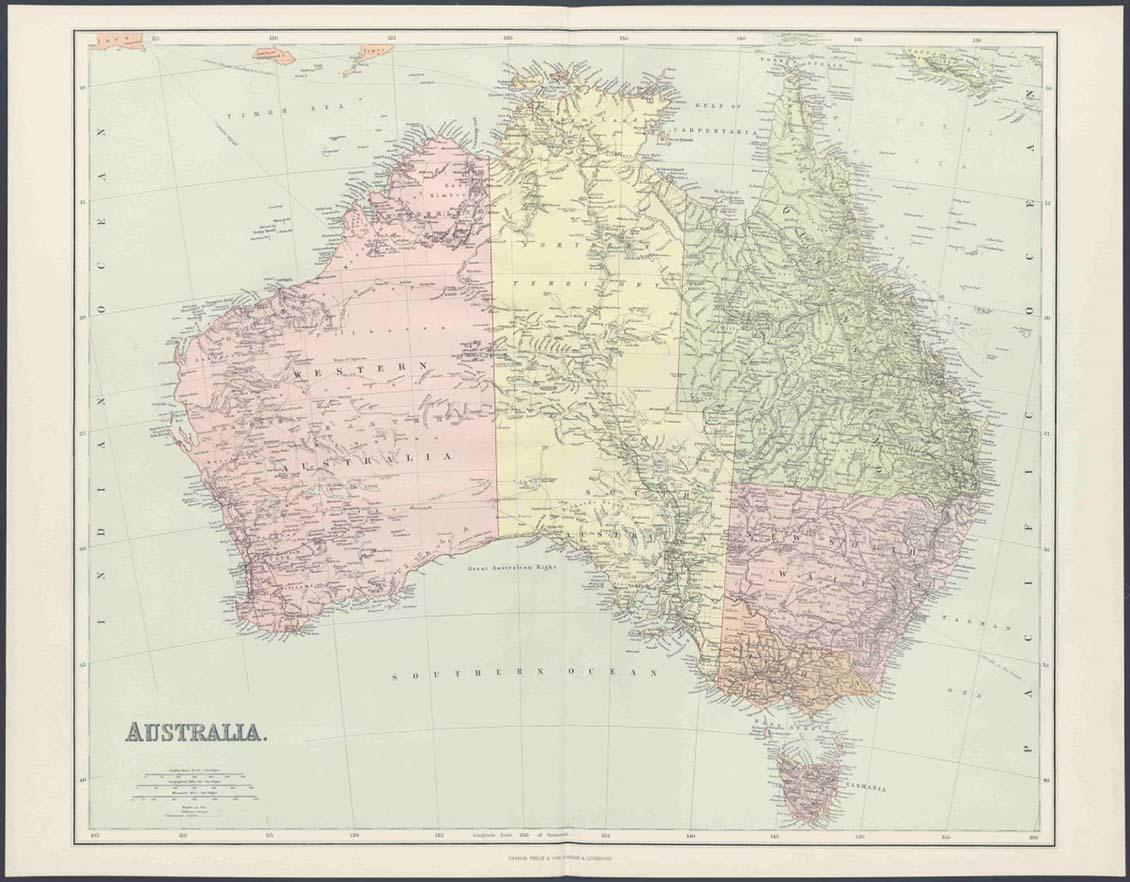
Activity 3: Explore the environment
Show contemporary photographs of the Torres Strait Islands.
Discuss:
- The tropical environment and land features
- Similarities or differences to students’ local area
- The importance of the ocean as a key resource for food and the economy
Theme activities
Digital Classroom: Torres Strait Islander pearling and sustainability
Activity 4: Products from the sea
- Ask students to form small groups and list 3 products they think can be caught and sold today.
- Introduce historical images of pearling from the National Library of Australia.
Activity 5: Understand the pearling industry
Provide background information:
- Pearling was a major industry before and after colonisation
- Workers included Torres Strait Islanders and people from Japan, Samoa, Malaysia and other islands
- Pearls were used mainly for making buttons
Describe the process:
- Divers collected shells from the sea floor
- Shells were cut into plates, polished and drilled
Show images of processed shells and pearl buttons:
Activity 6: Analyse the images
Ask students:
- Can you spot pearls or shells?
- What were they used for?
- What roles did Torres Strait Islanders play in pearling?
- Were traditional marine practices used or affected?
Activity 7: Compare traditional practices
Show this image:
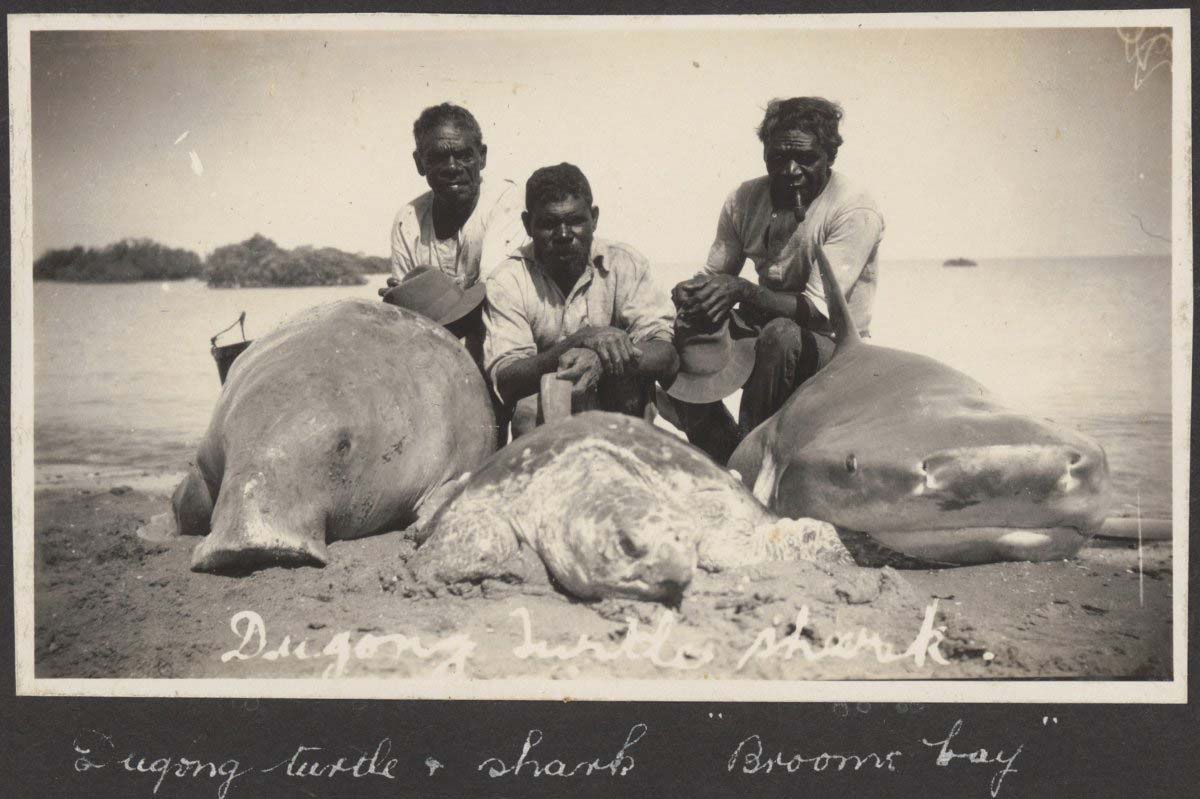
R. A. Bourne, Three Aboriginal men with their catch of a dugong, turtle and shark, Broome, Western Australia, ca. 1926, nla.gov.au/nla.obj-138407882
Discuss:
- Why were these animals caught? (Food source)
- How does this differ from pearling?
- What does this tell us about the cultural value of marine life?
Activity 8: Sustainable marine management
Explain:
- Dugong and turtle are culturally significant and staple food sources
- Current management plans aim to protect these species sustainably
- These align with traditional ecological knowledge
For more information, direct students to the Protected Zone Joint Authority (PZJA) website
Activity 9: Reflect and report
Ask each group to share their key points on:
- Why dugong and turtle management is important
- How this compares to the impact of industries like pearling
Discuss how commercial industries without management plans can damage environments, unlike Indigenous-led sustainability practices.
Concluding activity
Activity 10: Deepen your research
- Review the Torres Strait Islands research guide.
- To find related photos, articles and publications, view the Trove list: Torres Strait Islander pearling and traditional land management practices
Curriculum links
This resource has been developed with specific reference to align with the Australian Curriculum: Year 10 Geography, Humanities and Social Sciences
The resource also has relevance to the History strand, the General Capability of Intercultural Understanding, and the Cross-curriculum priorities of Aboriginal and Torres Strait Islander Histories and Cultures and Sustainability.
- The Aboriginal and Torres Strait Islander Peoples’ approaches to custodial responsibility and environmental management in different regions of Australia (ACHGK072)
